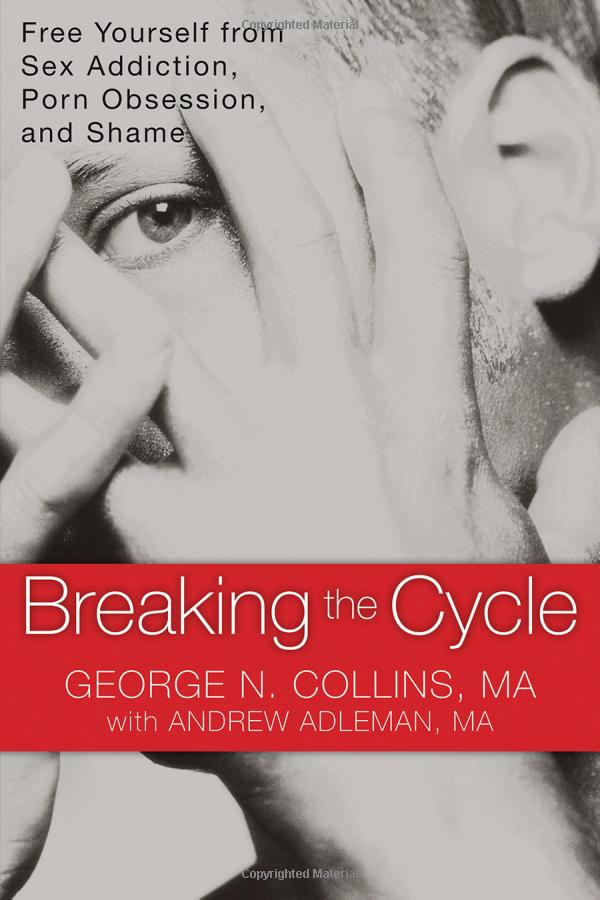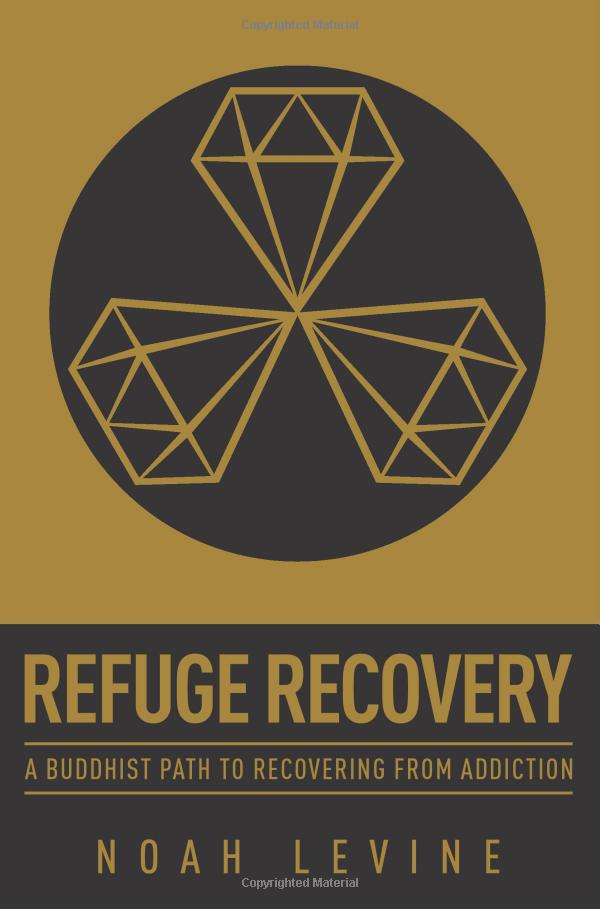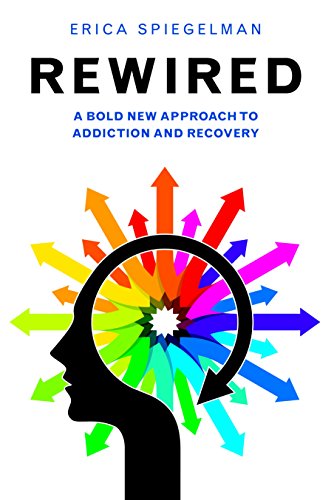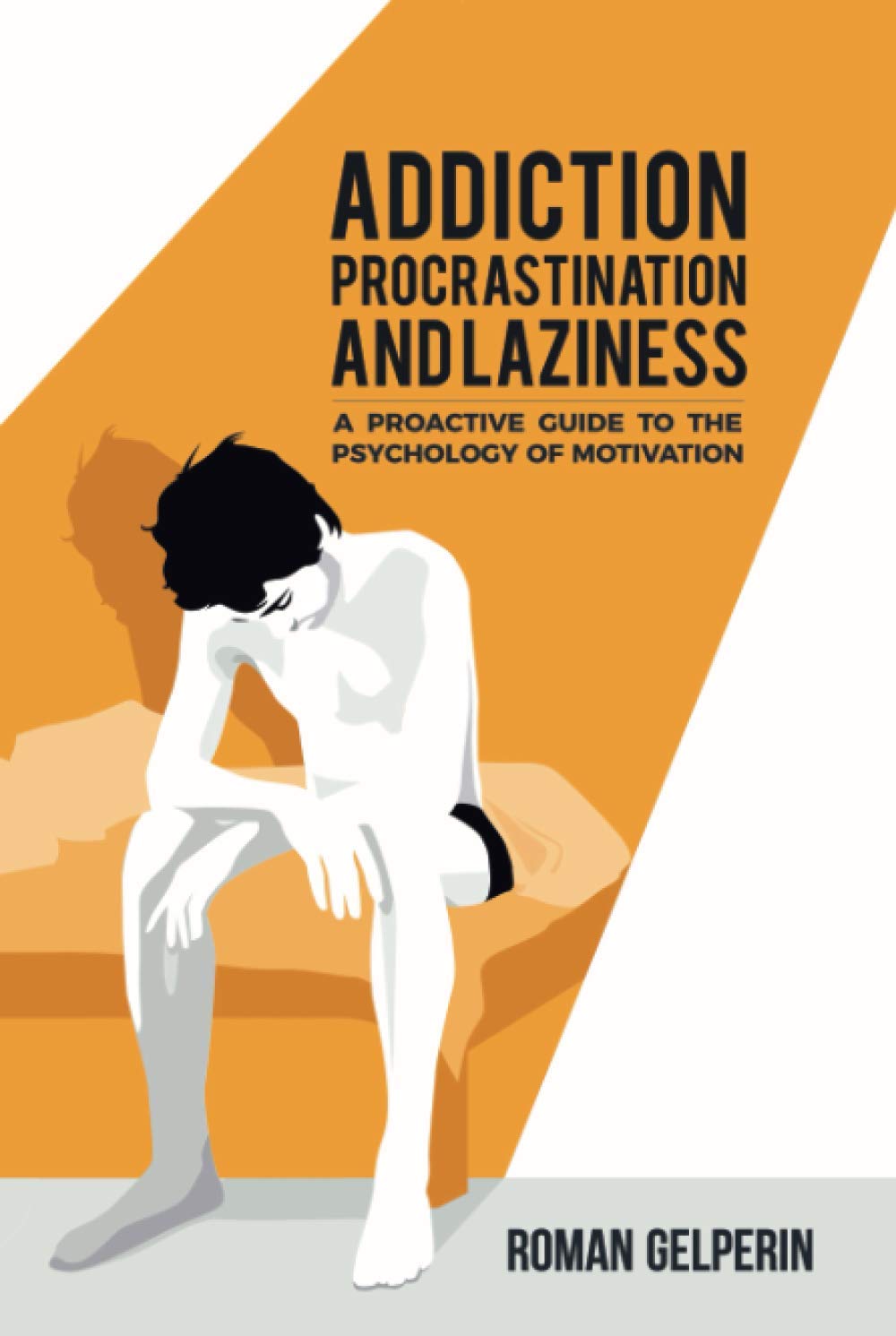Many modern rehab treatment programs adopt the 12 steps alongside other formats of counseling to ultimately produce better results for their patients treatment. While there are long-time members of the 12-step program who attest to the recovery process of the 12 steps it’s difficult to track how significant the 12 steps are in the greater recovery process.
Many people who enter the 12 step program, never return or end up in other forms of treatment and while in recovery the lifestyle adaptations after treatment have innumerate mitigating circumstances.
Studies on 12-step meetings as a standalone concept have limitations in tracking attendance or the adherence to the program inside and outside of meetings. The voluntary and self-directed format of 12 Step recovery along with it’s anonymous nature make it nearly impossible to pinpoint the benchmarks of it’s success in isolation.
While there is little doubt that the ubiquitous free meetings have a substantial impact on peoples recovery the free anonymous group support ethos provides millions of people with alternative lifestyles and behaviour changes which is a remarkable attribute for treating addiction on a global scale, a claim that no evidence based modalities can make.
The 12 steps essentially use spirituality and fellowship as the primary drivers that help motivate people to recover from their addiction processes. These are factors play toward changing a beliefs, accepting help from a higher power and a community of support and acceptance which are universal components to all forms of recovery treatment.
Cognitive-behavioral therapy (CBT) and Motivational Interviewing (MI) are “research-backed’ addiction recovery methods yet their effectiveness also comes down to the skill of the counselor with their individual patient and their receptiveness of the treatment being provided.
While there is growing recognition in the field addiction recovery that 12-step programmes can compliment other forms of treatment and vice versa. Counsellors on both sides of the fence are still frequently at odds with which modality is actually working for patients and which is not and identifying flaws in delivery.
The outcomes of both modallities however hinge on evolving personal beliefs and trust in a process (higher power or therapy) and recurring support therafter to be effective.
While there are thousands of studies into the driving components of the 12 steps with mountains of evidence for and against. There is in reality no real yard stick to measure the impact that a global organisation like the 12 steps has against the achievements of individual therapy or the fact that both streams have so many aligned objectives. This similarity in core objectives in itself makes both arguments for and against mute and where the “best treatment modality” comes down to the individual seeking help and what they personally need, use or accept to recover as an individual.
Evidence-based programes frequently cite the “one size fits all” approach of the 12 step methodology as “proven to be ineffective”, however this regurgitated factoid stems from a few obscure academic studies between 2015 and 2017 that have very tenious groundings to say the least. The assumption that 12 step methodology is “one size fits all” approach, is biased in that the inner workings of the steps are actually a highly personalised process. Step work introspecively applies to ourselves as individuals and how we interpret the guidelines in the context of our own lives. The format of 12 step groups provides a platform for people to share their individualized recovery processes and thus in many respects talks though individual pain and trauma experienced in a supported and normalising environment (ideally speaking).
If we are to consider the scale of 12 step recovery from a global perspective and measure the ability for individuals to access to treatment and acknowledge the 80+ year time frame history in which the 12 step approaches have been helping people there are simply no equivalent comparisons.
Evidence-based methods further target addiction-related issues by adjusting negative thought patterns, triggers, and teaching individual coping skills. All of which are attributes that are gained in the rooms of 12 step recovery over-time but simply fast-tracked in formalised treatment centres or rehabs.

12-Step Pros and Cons
Many people in recovery from addiction have found success with 12-step recovery programmes, but these programmes have also been criticised by both laypersons and professionals alike. Among the most common complaints about the 12-step model for treating addiction are:
- Emphasis on spirituality – The requirement to have faith in a higher power is often cited as a major criticism of 12-step programmes. Some people find this challenging because they do not identify with or believe in conventional religious concepts. There are those who worry that the predominant emphasis on spirituality will turn away those who are less religious.
- Lack of individualized treatment – All members of a 12-step programme follow the same guidelines and follow the same steps, regardless of their individual circumstances. It has been argued that this method may not work for everyone because it does not take into account the different needs and difficulties of each person in recovery.
- Lack of empirical evidence – Even though many people have found recovery with 12-step programmes, there is little research to back up their claims of success. Although many studies have found that addicts who attend AA or a similar programme have better outcomes, it’s important to keep in mind that the evidence from these studies is limited and may not be conclusive.
- Focus on abstinence-only – Abstinence from all drugs and alcohol is a common theme in 12-step programmes. This may be a good aim for some people, but it’s not necessarily attainable or desirable for everyone. Some have argued that a sole emphasis on abstinence could cause some people to avoid getting help altogether, or that it could lead to feelings of shame or guilt if abstinence was ever only partial.
- Lack of professional oversight – Volunteers typically lead 12-step programmes, which lack formal oversight or regulation. While this can be advantageous in that it fosters a welcoming and accepting atmosphere, it also has the potential to create problems with accountability and quality assurance.
It’s vital that patients learn about their options and pick the modality that works best for them. The 12-step approach to recovering from addiction has been successful for a great number of people because of a number of benefits.
- Supportive community – Members of a 12-step programme have access to a group of peers who share their experiences and can provide them with validation, accountability, and guidance. People who are ashamed or isolated because of their addiction may benefit greatly from this.
- Cost-effective – Individuals without the financial means to participate in professional treatment programmes may find 12-step programmes more accessible because of their low or no cost.
- Focus on personal responsibility – Individuals in 12-step programmes are urged to take charge of their sobriety and make necessary adjustments to their lives in order to maintain it.
- Flexibility – It is easier for people to get the help they need and regularly attend meetings thanks to the widespread availability of 12-step programmes and the growing popularity of online meeting platforms.
- Long-term support – Many people who find success in a 12-step programme continue to attend meetings for years or even decades after they’ve stopped using. This can be especially helpful for people who face obstacles or setbacks during their recovery process.
Evidence-based techniques can be a great addition to the support and community that 12-step programmes offer by focusing on specific issues related to addiction and giving people the tools they need to overcome them. Choosing between 12-step programmes and treatments based on evidence can be a personal choice that depends on your needs and preferences. It can be helpful to talk to a medical professional, think about how bad your addiction is and how long it has been going on, and compare the ease of access and cost of different treatment options. In the end, the best treatment is the one that fits your needs and helps you get better in the long run.












